What is the end of the universe that is unreachable to humankind?

Even with cutting-edge science and technology, or technology that will be feasible in the future, there are areas in the universe that humankind can never reach.
TRUE Limits Of Humanity – The Final Border We Will Never Cross --YouTube
Is there a place where human beings cannot reach the universe no matter how hard they try? Given that there is a limit to the reach of humankind, how large is the universe and how far can it be reached?

Looking at the night sky, it seems that there are infinite stars in the universe, but in reality the number of stars is limited, and even stars die.

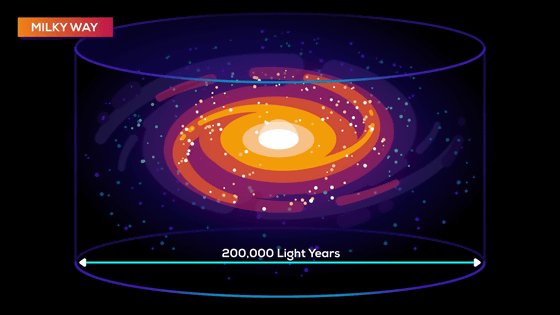
There are 100 to 400 billion stars in it. The Milky Way galaxy is so vast, but how many stars are born in a year is only three.
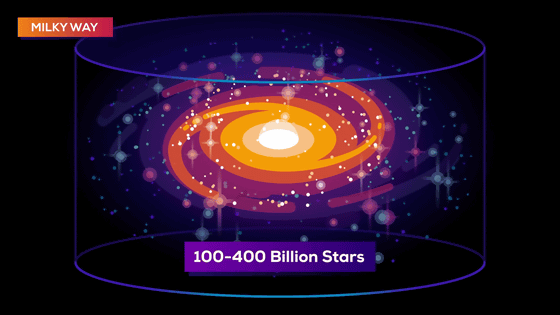
In other words, 95% of the stars that exist in the universe already exist, and it can be said that human beings are living at the timing of the 'end' in the universe.
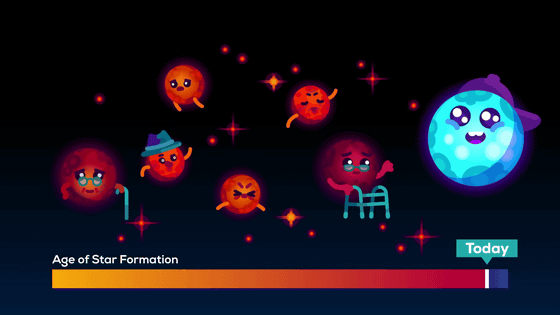
Therefore, the number of stars shining in the night sky will continue to decrease.


Not only that, it has also become clear that the universe is rapidly moving away from humankind.
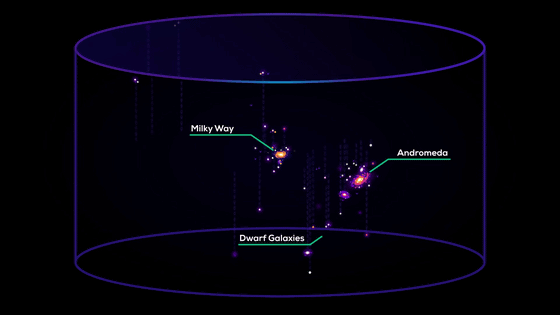
In the universe, there are more than 50 large and small galaxies such as the Andromeda galaxy as well as the Milky Way galaxy, and the
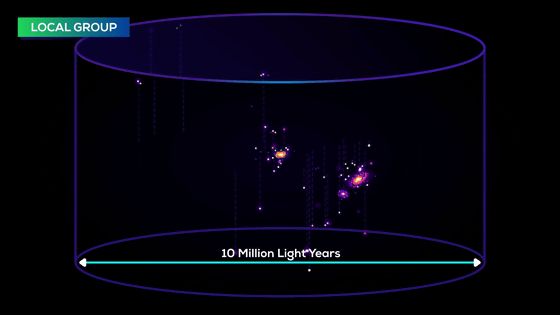
In addition, a summary of the more than one group of galaxies is
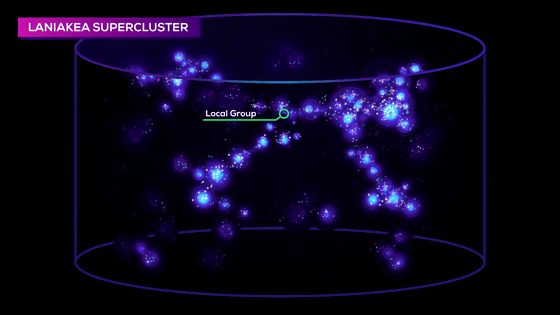
And there are about 2 trillion galaxies that can be observed at the time of writing the article.

Unfortunately, even if humans can move at the speed of light, only 6% of the 2 trillion galaxies can be reached. 94% of the observable galaxies are already in unreachable areas.
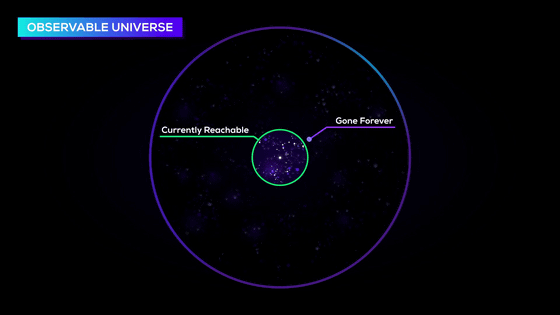
In other words, there are many galaxies that are unreachable to humankind.

The reason why galaxies exist in the first place is related to the

The bubbles of this energy are not perfectly uniform and some have a high density.

With the rapid expansion, small differences in energy density will be directly reflected in the distance between galaxies.


Since the entire universe is composed of low-density regions, gravity acts to attract scattered galaxies, which forms a galaxy group that brings together multiple galaxies.
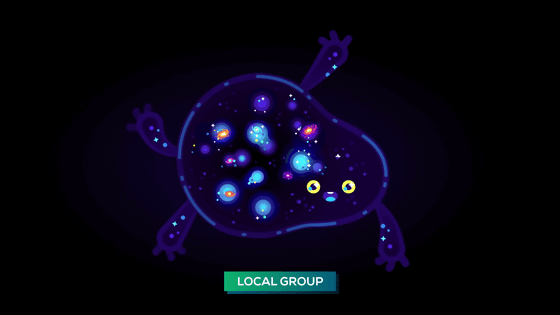
On the other hand, the universe continues to expand, and this never stops. Since the galaxies that exist in the universe are not constrained by gravity, the distance between galaxy groups will increase as the universe expands.

To make matters worse, the expansion of the universe is accelerating. The reason is unknown, so

That is why 94% of the universe that humans can observe is an unreachable area.

Why can humans observe stars in unreachable areas?

The reason is that humans see through light.

Light can move the fastest in outer space, but it still takes time to move.

The light that reaches the earth comes from all over the universe. Even if light is generated near the Milky Way galaxy ...

By the time the light reaches the earth, the source of the light may have moved from the earth to an unreachable area.
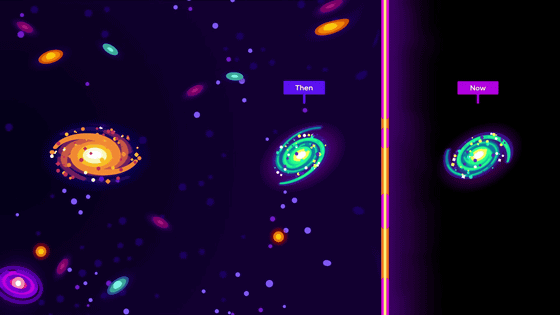
Considering the time it takes for light to reach the earth, the light that human beings observe was emitted long ago, and the stars and galaxies that emitted light are not always in the same position.
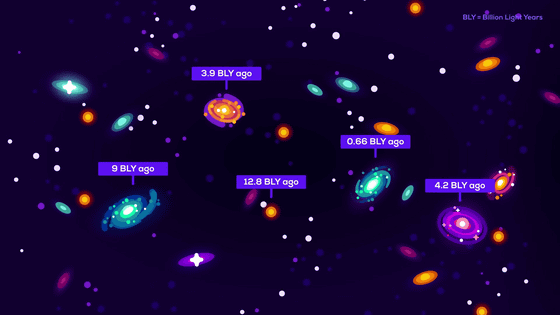
In other words, the observable universe and the universe that human beings can reach are completely different things, and the observable universe is much larger. Therefore, 'In a sense, the universe is showing us human beings'wonderful things that are out of reach',' Kurzgesagt expresses.

Since human beings are observing the ancient scenes of the universe, we have no idea what the universe is today.

Also, all of the universe outside the local group of galaxies will one day move beyond the observable territory of humankind.
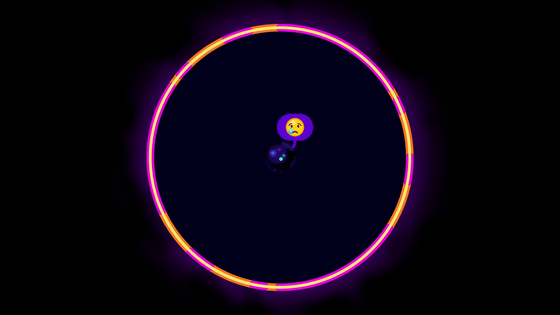
In fact, as many as 60,000 stars per second are disappearing out of the observable universe of humankind.

Even so, there is still 6% of the observable space.
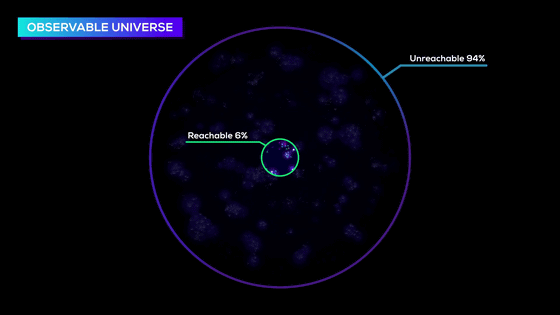
This observable area points to a radius of 18 billion light-years.
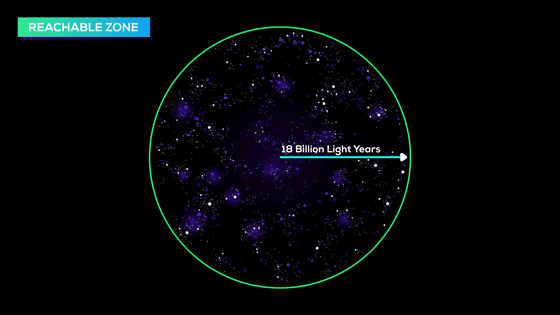
However, the galaxy groups that exist in this area are still moving and are thought to move away from the local group of galaxies over time. Each galaxy group is moving away at a speed of about 5 million light-years per second.

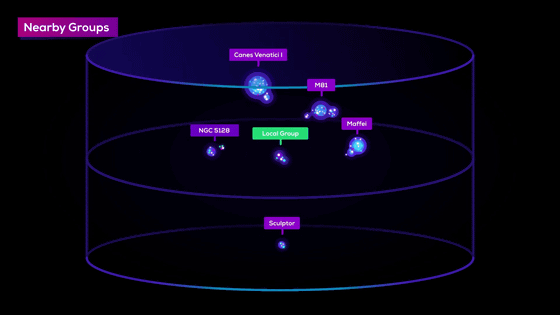
Therefore, Kurzgesagt explains that it is no exaggeration to say that the large group of local galaxies is the largest range that human beings can reach.
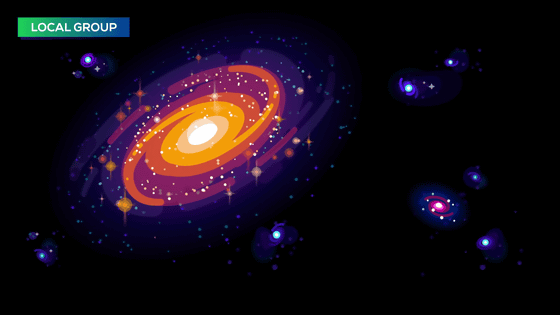
This is said to correspond to an area of only 0.00000000001% of the entire universe.
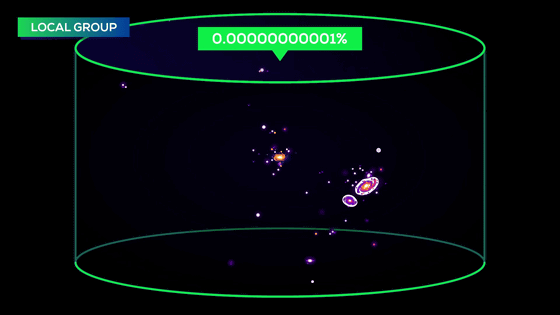
As unknown forces such as dark energy continue to expand the universe, the distance between galaxies will increase, but at the same time, the number of stars existing in the observable area of human beings may increase. That is because it is predicted that the Milky Way galaxy and the Andromeda galaxy will collide in billions of years.
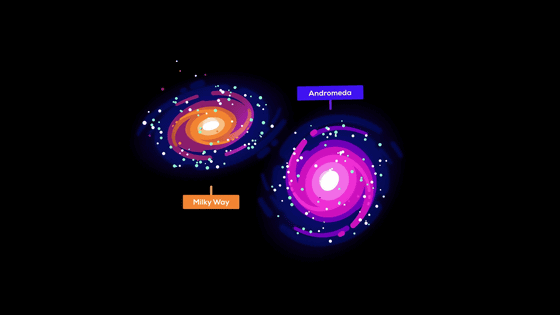
If this collision occurs, the process of star formation may reignite for some time.

As the universe continues to expand, it is possible that eventually all galaxies will disappear from the observable universe, and it will appear as if only a new galaxy, which is a combination of the Milky Way galaxy and the Andromeda galaxy, exists in the universe. There is even one.
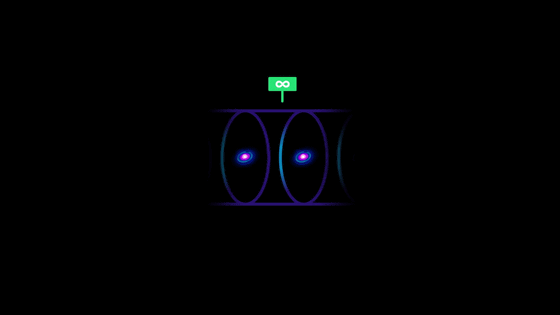
Outer space that human beings can reach is a very small area of 0.00000000001% of the whole, but it is still large enough, and human beings have not even created technology that can move around this area without any inconvenience. Hmm. Therefore, there is no need to be pessimistic that 'the future of humankind is bleak.'

Related Posts:







